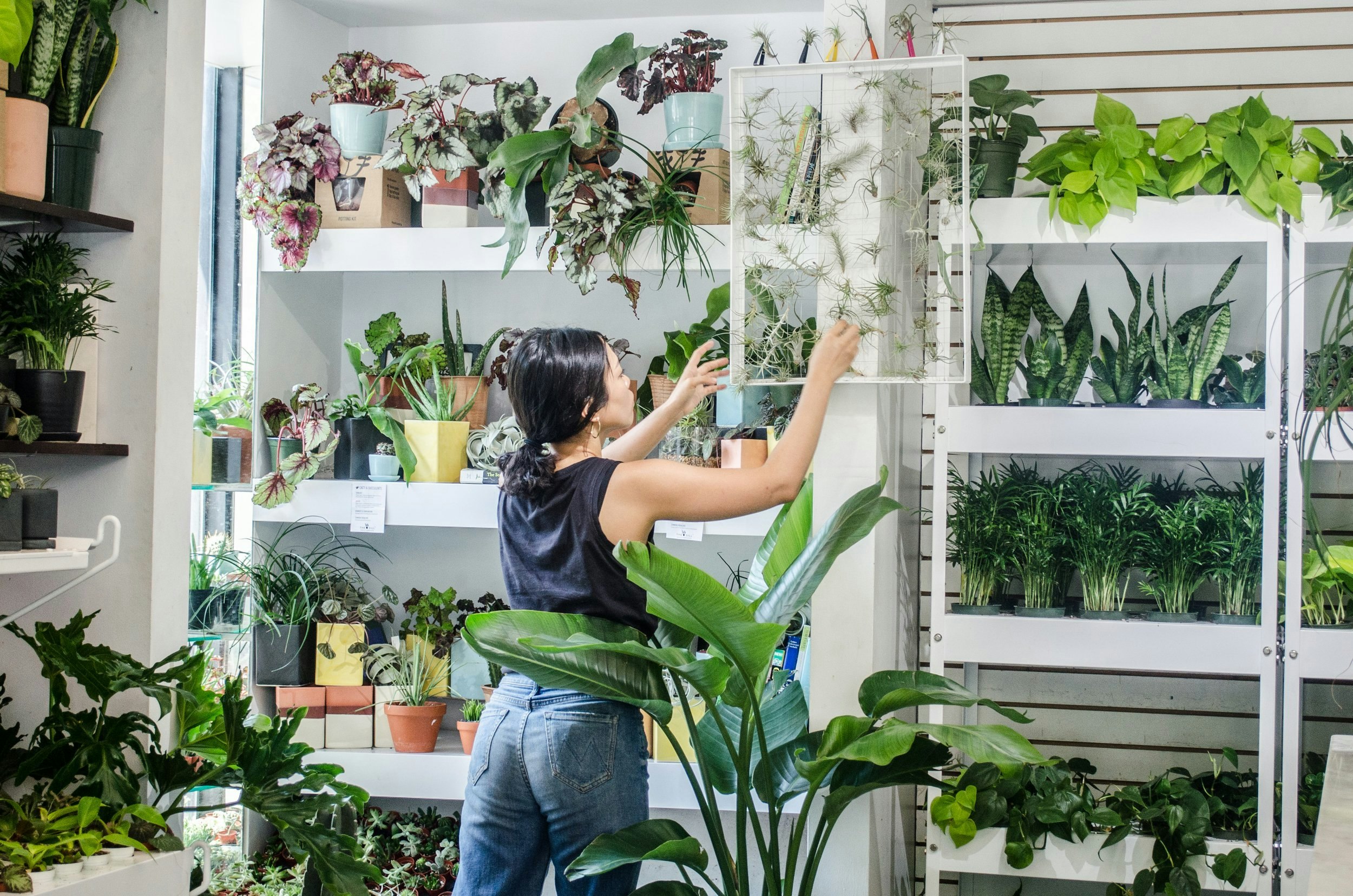What were your career aspirations in college?
In retrospect, it’s hard to say whether I even had any aspirations. I always find it fascinating when I meet kids in high school who already know what they want to do. I got a B.S. in Media, Culture and Communication from NYU. I knew I liked marketing and I had an interest in corporate communications and in editorial. I started as an intern the summer after my junior year and that’s when I fell in love with working with brands. That’s the direction my aspiration grew.
My brother was an entrepreneur and started his first business when he was a senior in college and, of course, I looked up to him. So I think I always had an entrepreneurial spirit just from that. I don’t think there was a clear path but I was interested in the communications and marketing realm.
What were you doing before work before starting your company?
My path was dependent on the stars aligning. I started my career as a brand strategist for an Omnicom agency, Wolff Olins. As luck would have it, the hair care company Living Proof came to our agency prior to their commercial launch. At that point it was a startup in stealth mode. It’s now part of Unilever.
They came to us and we did everything for them on the visual identity end, including the name. I was very early to the company, I was one of the more junior hires. So, by the nature of being more junior and ne of the first, non-executive hires, I got to do a ton of stuff because I was early-stage and able-bodied.
Even though I sat on the brand marketing team, I was sitting cross-functionally in almost every meeting—product development, supply chain, sales and education meetings. I was helping on fundraising to whatever extent I could. That was how I came to learn what it actually took to operationalize a business.
I wasn’t in a big corporate environment where the teams are incredibly siloed and you might be a brand manager that sits with other brand managers on one particular product line never to see the likes of HR and finance and supply chain and all of these other folks. I was actually in the room representing brand marketing cross-functionally across the entire company so I got to learn very quickly what everyone else did and then how it all came together.
I ended up joining Living Proof around September of 2008 and was there until 2012 as a brand manager. I learned so much in my time there and it was what gave me the confidence to start The Sill, which launched in the summer of 2012. Without that insight I don’t think I would have understood or appreciated what it took to start a company or what puzzle pieces even needed to be put together.
Where did you first get the idea for The Sill?
My early career was split between New York City and Boston. As a young professional, my time was spent focused on work, mostly. My apartments were always small studios on the top of a six floor walk-up, or garden level with little to no natural sunlight. I realized early on that I missed the natural world of my childhood I had completely taken for granted.








